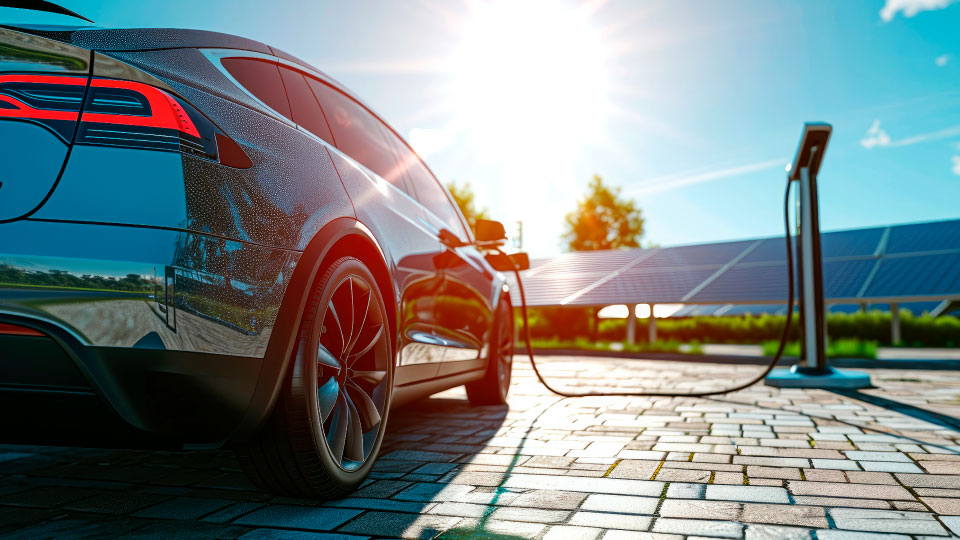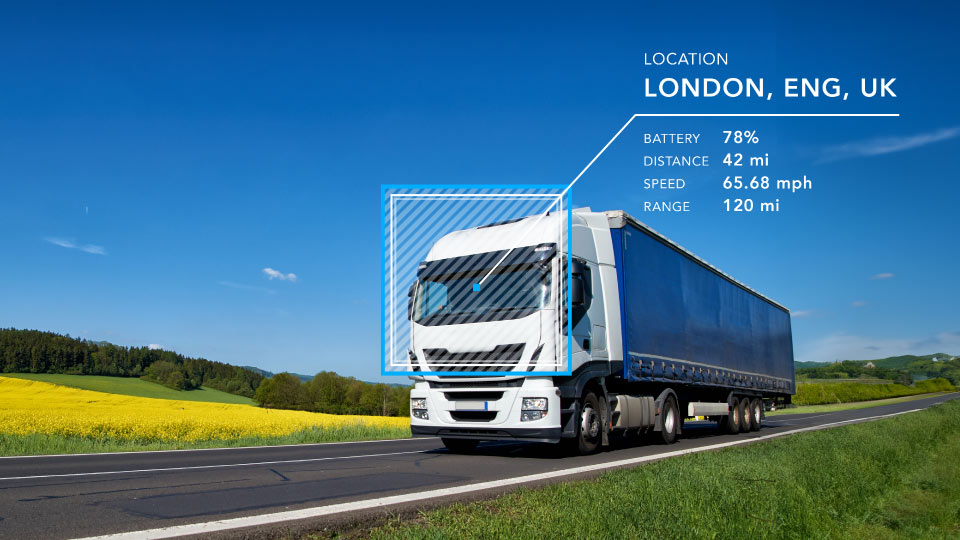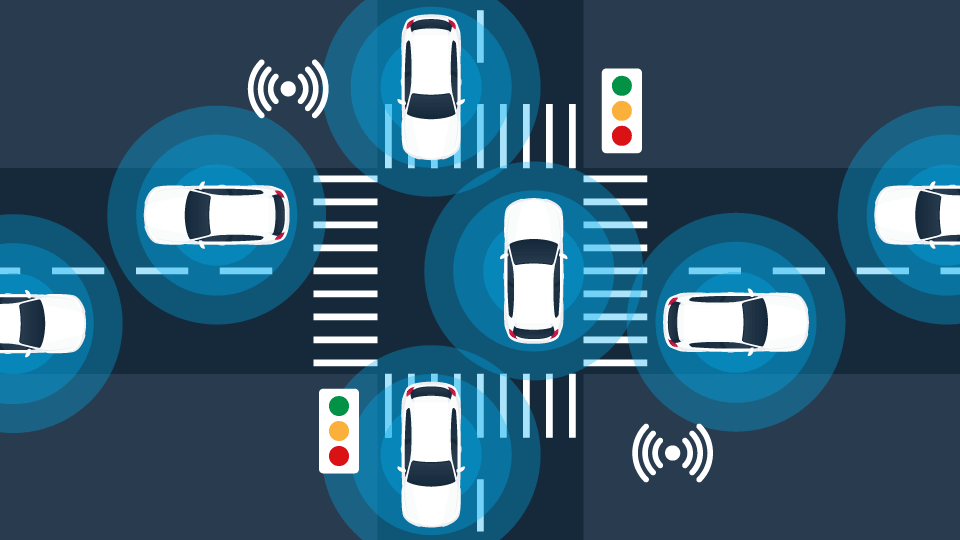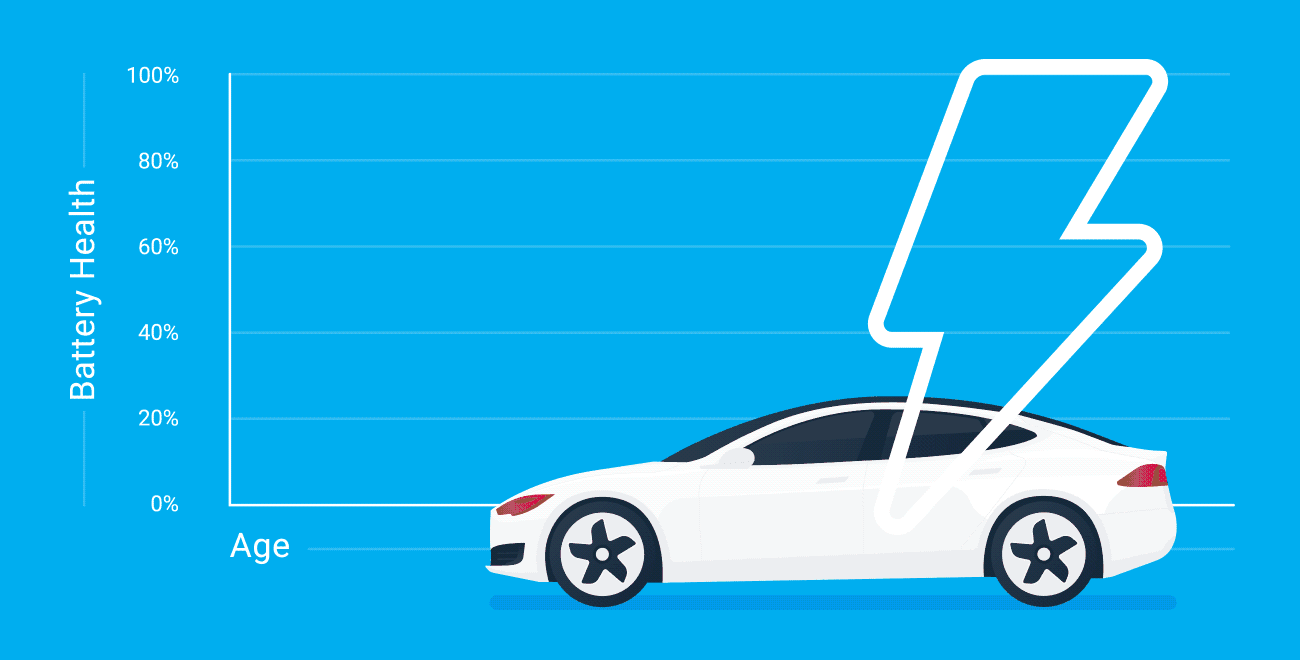Creating an EV adoption strategy for your fleet
A comprehensive strategy is important when you are considering electrifying your fleet.

Electrifying your fleet won’t happen overnight
Whether you are looking to electrify your entire fleet, or just one vehicle, there are many things to consider. It’s not as simple as just finding an equivalent sized vehicle. You will need to consider your daily driving patterns, operating costs and required charging equipment. You need a strategy that focuses on two things: picking the correct vehicle and building out the charging infrastructure.
- To learn more about transitioning to EVs, read our Ultimate Guide to Fleet Electrification.
Three key questions to ask when finding the right vehicle
New EV models are entering the market everyday and just like with any fleet vehicle, choosing the correct one for the application is critical. In order to determine the best EV for your application there are three questions that need to be answered.
What is the maximum distance the vehicle will drive in a day?
The first step is to understand what the range requirements are for the vehicle, which is most likely going to be determined on how far the vehicle will drive in a single day. There are some long-range battery electric vehicles (BEV) that can travel over 300 miles on a single charge. However, if your daily duty cycle is much smaller than this it may make sense to purchase a less expensive short-range model.
What is the current operating cost for the vehicle?
Currently, the purchase price of an electric vehicle is priced higher than its internal combustion engine (ICE) counterpart. The way EVs end up coming out ahead is that they have much lower fuel and maintenance costs. Refuelling your vehicle with electricity is a fraction of the cost of petrol.
A study by the Electrek found that an EV costs less than half the amount to operate compared to an ICE vehicle when looking at fuel alone. If you incorporate the savings from being able to avoid maintenance costs, such as oil changes or replacing timing belts, EVs will save more money over the lifetime of the vehicle.
What is the vehicle's dwell time and where does it occur?
To ensure your vehicles are fully charged when they need to be, you have to consider where they sit and how long they will be there. This will determine how many charging stations you will need, where you should place them and the overall power requirements. Every fleet’s dwell time and location are going to be different so it is important to use data from your own fleet when reviewing this question.
- Determine which EVs are suited for your fleet by using our EV Suitability Assessment (EVSA) tool
You picked out the vehicles, now how will you charge them?
Planning out the required charging infrastructure is one of the more difficult aspects of transitioning to an electric fleet. Questions regarding the optimal placement of stations, as well as how many and what type of stations you will need must all be answered to establish your EV charging needs. Check out our EV Charging Guide for a deeper dive into terms, costs and common mistakes to avoid.
Also, it’s important that you reach out to your utility company early in your fleet electrification process. They will provide insight into any necessary regulatory requirements or permits, and will need to be made aware of your increased energy usage. Additionally, many utilities offer special electricity rates or other EV-related programs that you may be able to take advantage of.
With these questions answered, you are ready to choose the specific models that will work best for you. To get recommendations based on your unique operational requirements, you can use Geotab’s EV Suitability Assessment (EVSA) tool. The EVSA identifies which vehicles are best suited for electrification and provides highly tailored EV recommendations by leveraging real-world driving data. EV model suggestions are calculated based on model availability, range suitability, estimated state-of-charge, vehicle dwell locations and durations and your preferences for charging (at depot, home or on-route) to ensure a realistic and precise approach to EV adoption.
How many stations do you need?
The number of charging stations required will vary depending on a number of factors. This includes the total number of EVs, their duty cycles and their individual range. If the duty cycle of your vehicles is staggered, or if you have long dwell times, you may not require a charger for every EV. One last thing to consider is whether the equipment will be used exclusively for your fleet or will be open to the public.
What type of stations do you need?
There are three different types of charging equipment that are identified by the amount of power they use, which ultimately determines how fast they charge the vehicles.
Slow – This equipment uses the lowest amount of power and charges the slowest typically up to 3Kw per hour. It is the least expensive option as the equipment is included with the purchase of the EV and simply plugs into a standard 230-volt three pin outlet. However, a Level 1 charger only provides between 3-5 miles of range per hour, meaning it could take over 20 hours to fully charge a long-range BEV.
Fast – This equipment accommodates a faster charging solution (7-22Kw) while still avoiding significant infrastructure upgrades. Depending on the capabilities of the EV itself, Level 2 chargers can provide up to 44 miles of range per hour and can typically charge a vehicle in around 3-7 hours. Level 2 chargers utilise a 230v household connection.
Rapid – This is the fastest way to charge an EV and is what is often used for public charging stations. They can deliver over 100 kW of power and can bring a typical 100-mile EV to around 80 percent in just a half hour. DC Fast Chargers are the most expensive option to install as they require significant electrical infrastructure. It is also important to note that some EVs, most commonly plug-in hybrids, are not capable of using this type of equipment.
If you are planning to install multiple EVSEs you should reach out to your utility provider in order to avoid any unnecessary demand charges. They can also advise you on any commercial electricity rate programs they may offer.
A strategy is important when considering going electric
Fleet electrification can seem like a daunting task at a first glance, but all that is required is a solid strategy. The benefits of going electric far outweigh the initial hurdles and fleet managers should start researching the options available to them. If you’re ready to start researching your options, our ebook is a great place to start.
Get started today with the Ultimate Guide to Fleet Electrification.
This blog was originally published on April 19, 2021.
Subscribe to the Geotab Blog
The Geotab Team write about company news.
Related posts
.jpg)
Lead with Trust: How Geotab Helps Businesses Navigate CSRD Compliance
March 19, 2025
2 minute read

2030 or 2035, the UK Needs Meaningful Action on EVs Now
September 6, 2024
2 minute read

Driving smarter: Insights from Geotab’s “Taking Charge” Report
August 8, 2024
2 minute read

The art of the possible: Insights from Geotab’s “Taking Charge” Report
June 20, 2024
3 minute read


